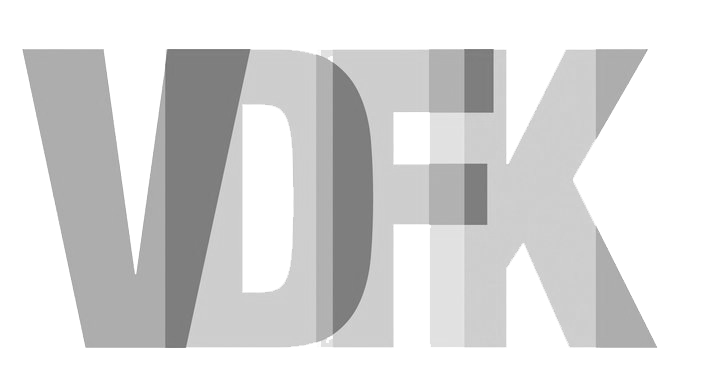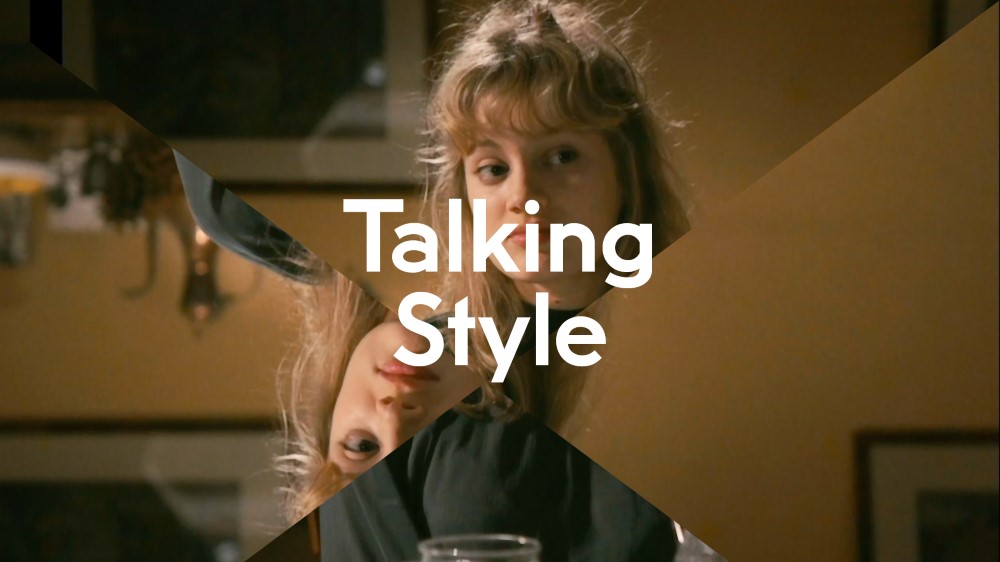Blog #9/21 Talking Style
By Celluloid Liberation Front
“I’m very much down to earth, just not this earth.”
― Karl Lagerfeld
Is style a premeditation or a consequence? Do filmmakers approach their subject stylistically or craft their style thematically? Also, is style necessarily authorial or can be contingent to a context over which the director does not exert complete control? These were some of the questions implicitly posed by the pairing of Camille de Chenay’s A Museum Sleeps and Caroline Pitzen’s Freizeit or: The Opposite of Doing Nothing for Talking Style, the final debate at Berlin Critics’ Week.
Both films are consciously dealing with and working against two oversaturated genres, if so we can define them: political filmmaking, in the case of Pitzen’s work, and, for Chenay, the Parisian romance, whose virulence has plagued the history of cinema, both popular and highbrow, ever since it was invented. Furthermore, both directors seem to deliberately eat away at the iconographic and narrative clichés, associated with these two genres.
In A Museum Sleeps, the French capital is transfigured, its landmarks methodically denied any screen time in the partially successful attempt to deliver Paris from its own (cinematographic) stereotypes. It remains altogether unclear what narrative purpose this iconographic deconstruction serves, since the film revolves around some dude looking for his lost love (not the most original storyline, admittedly). While we might not be supposed to sympathise with him, we still have to bear with him for the entirety of the film. Thankfully, trees also talk in Chenay’s film, offering some needed relief from the redundancy of the human voice and the meaningful void it conveys.
The human voice also features prominently in Freizeit or: The Opposite of Doing Nothing – a documentary that follows a group of politically-committed young men and women as they discuss issues dear to them and their convictions. While the decision to depict politics in its discursive dimension is an intentional choice on the part of the director, it is very telling that the space of political action and discussion is relegated to the titular “free time”. A lifestyle, rather than a different practice and idea of life itself, is what radicalism seems to boil down to in Pitzen’s work. Something to be conducted “on the side” rather than in the workplace, place of study, or any other given circumstance. It’s also interesting how isolated the protagonists of the film always are, never interacting with anyone but themselves.
It’s as if what their compatriot Jürgen Habermas once called the “public sphere” has been privatised and downsized to a very intimate and (in)secure space. Remarkable is also the passage where two of the protagonists are discussing the xenophobic attitudes of some elderly and distant family friends, only to casually add that “they’re from the East” (i.e. former citizens of East Germany). Most of their political concerns seem to be centered on how not to give in to the temptation of accepting an 8,000-euro-per-month job once they get to their 30s. A truly utopian scenario given the current working conditions in Europe, and elsewhere… Also, why would leftists be concerned with how to turn down a decent salary?
Be that as it may, what both films inadvertently let out is often more revealing that what their makers originally intended. Which is why the question of style, or aesthetics, more generally, is extremely limiting if approached from an exclusively auterist perspective. The ability to invent, to formally innovate and stylistically assert oneself is inevitably related to what one has aesthetically absorbed and elaborated in the course of one’s (artistic) life. No creation, however striking and audacious it may appear at first, is ever truly original. Authentic perhaps, but never original. That is to say, no artistic product can be conceived in a cultural vacuum.
While the bourgeois myth of artistic genius has been consistently associated with the individual creator’s divinatory qualities, or alleged such, invention is often a collaborative and appropriative process. To be sure, individuals have been claiming authorship over their work, and will continue to do so, as long as the mercenary notion of “being an artist” retains some sort of traction and social prestige. That doesn’t change the fact that “creation” routinely stands in for recombination, re-packaging, and the composition of different, pre-existing elements. The mass adoption of the World Wide Web has enhanced the re-combinatory possibilities upon which creation thrives but has simultaneously done away with the social interaction that such exchanges previously required.
We thus find ourselves in a cultural landscape where inspiration is virtually endless, yet the occasions for its socialisation are fewer and usually structured in the repetitive form of residencies, workshops, and so, creatively, forth. So much emphasis is still put on the auteur, less on the spectators and their interpretative ability to create meaning. Perhaps an interesting and counter-intuitive way to gauge directors’ style is by measuring it against their context, by looking at it as a social product of historical circumstances rather than individual talent. To do so, we need not to necessarily listen to what filmmakers have to say about their own work. What we see and feel is always more than enough.
A video of the debate can be found here.

